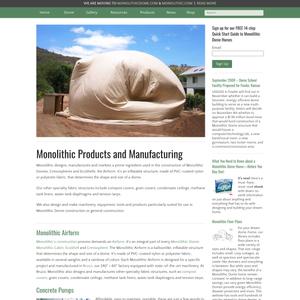
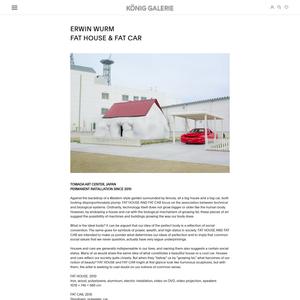
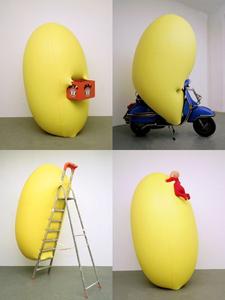

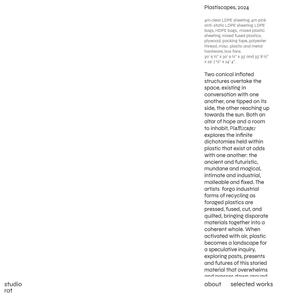

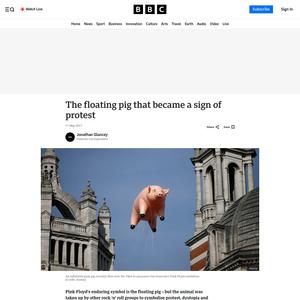
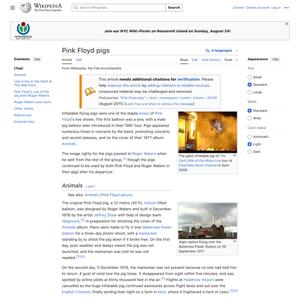

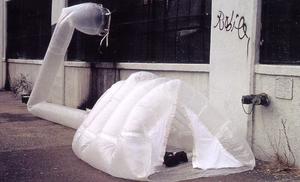
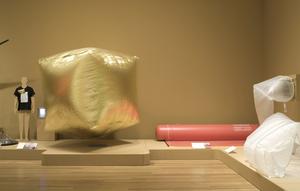
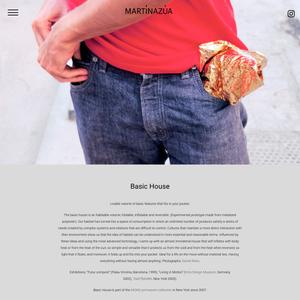
Why to build inflatables becomes obvious as soon as you get people inside. The freedom and instability of the environment where the walls are constantly becoming the ceilings and the ceiling the floor and the door is rolling around the ceiling somewhere releases a lot of energy that is usually confined by the xyz planes of the normal box-room.
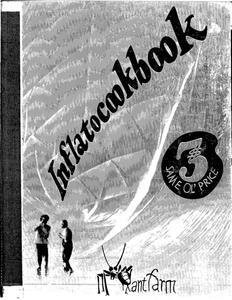
low-pressure pneumatics allowed anyone to participate in the
creation of form and space
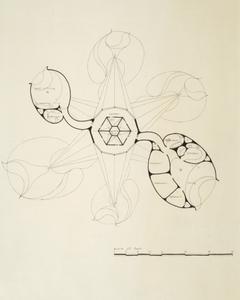
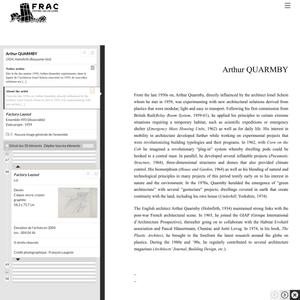
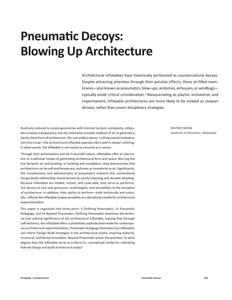
It could be said that inflatables are classified by their ability to perform, both technically and culturally.2 This pneumatic ambidexterity results in a form of soft tectonics, where the architectural inflatable occupies the territory between two radically different, yet converging disciplinary agendas: one being material and structural innovation, and the other being social and cultural engagement. It is precisely this sweet spot—the capacity for pneumatics to inform not only how we design and construct, but also how we inhabit space— that necessitates further inquiry into this type as a model for Design-Build.
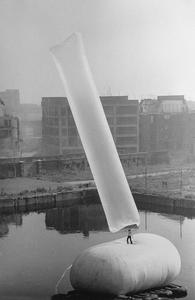
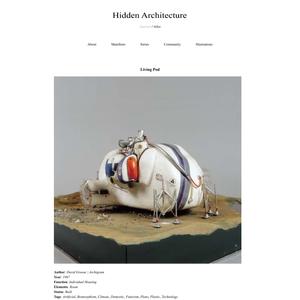
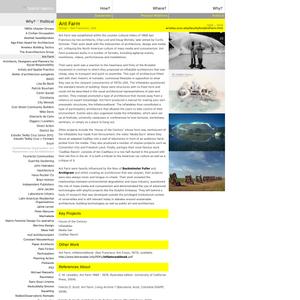
Air as a Political Medium
Air was symbolic:
Free, invisible, democratic
Could fill a space instantly, and leave just as quickly
Embodied the anti-capitalist, anti-property ethos of radical 1960s youth movements
“You don’t own an inflatable. You enter it.”
Inflatable architecture in the 60s wasn’t just aesthetic — it was performative, political, and poetic. It turned air into a radical act.